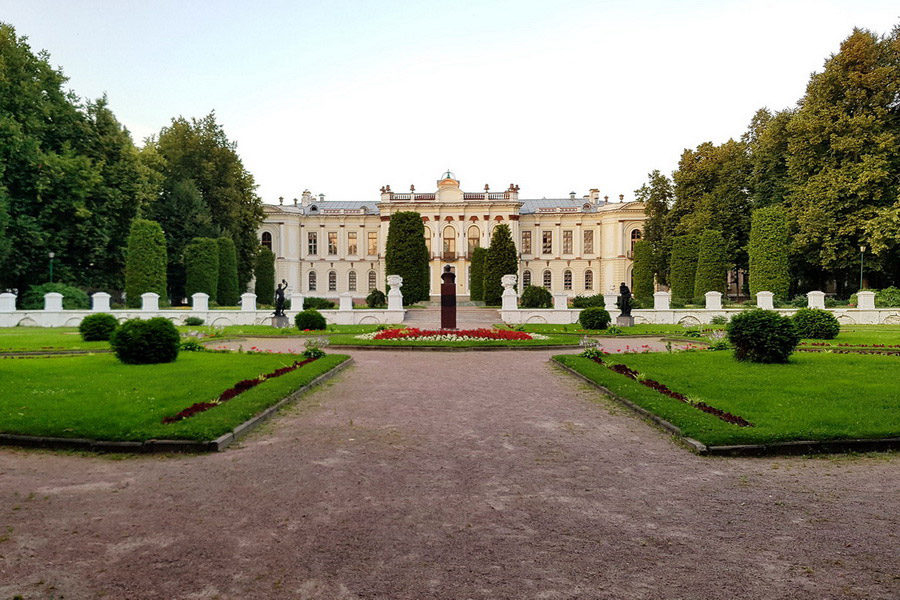
Petrovskoye-Razumovskoye is a magnificent masterpiece of landscape art. The place is well known for its beautiful landscapes on whose background the architectural monuments of the past centuries seem even more beautiful, mysterious and majestic.
For centuries the estate was associated with famous historical figures. From the 16th century there stood the village of Semchino owned by the Shuiskys. In the first half of the 17th century there appeared the boyar mansion. In 1676 the village and the small settlement came to the grandfather of the future Emperor Peter I, Cyril Naryshkin, who renamed them into Petrovskoye. When in 1748 Count Razumovsky became the new owner of the estate the double name was originated.
In the middle of the 18th century the architectural complex in Baroque style was built there with a wooden palace connected with a church by a gallery; the terraced park with sculptures was arranged; the huge ponds were made. All in all there were about 50 buildings in the complex.
The beauty of the estate gave inspiration to such famous Russian writers as Korolenko, Tolstoy and Chekhov. Now, the Agricultural Academy named after Timiryazev is situated on the Petrovskoye-Razumovskoe, which is a historical-cultural reserve. The Academy was opened in 1865 and originally known as Petrovskaya Agricultural Academy. The Academy’s building was erected on the site of the main house of the estate in 1862-1865 by the architect N.L. Benois; the old park was restored. The four-terraced park with a regular layout descends from the house to the pond turning into a forest in the southwest. Especially gorgeous is the park’s upper terrace, reinforced by a retaining wall with a balustrade.
Standing on the site of the main house, the Academy of Agriculture is spectacularly stylized in Rastrelli's baroque style. In front of the house there is a polygonal front yard formed by added wings.
In the western part of the park there is a grotto of the beginning of the 19th century, a small monumental structure. Its three rectangular apertures are adorned with heavy Doric columns.

